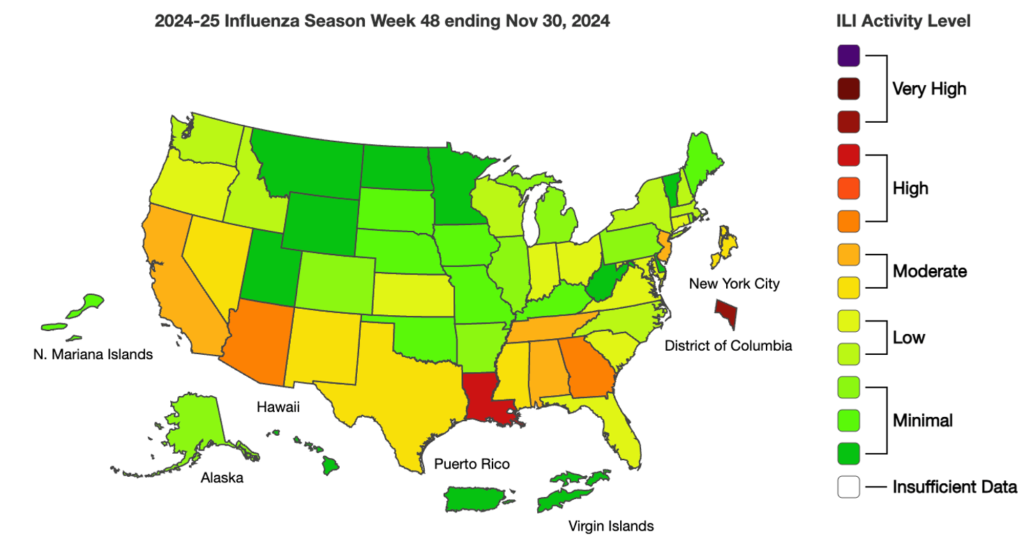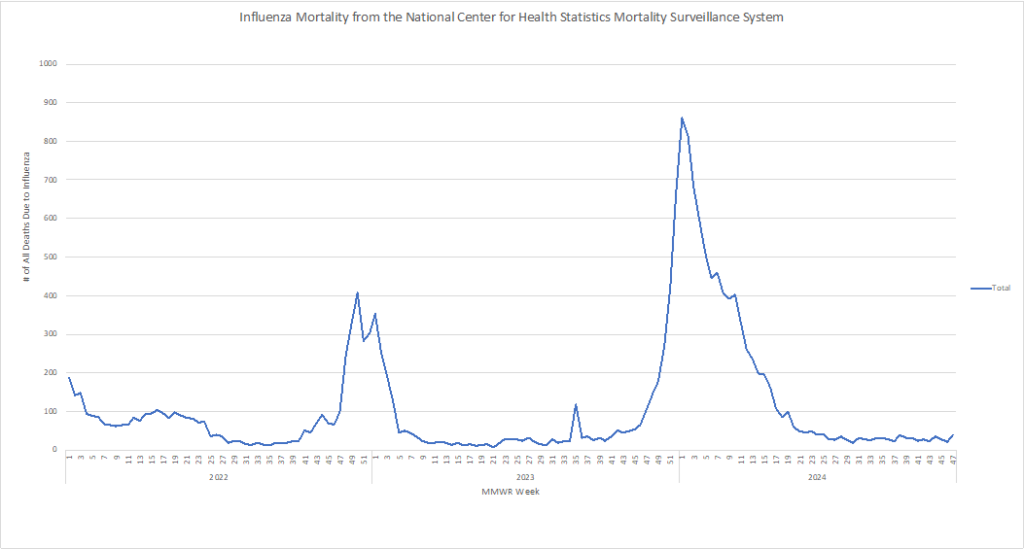Studies have shown that highly pathogenic avian influenza (HPAI) in infected cows can transfer to their milk, with live viral RNA found in raw milk samples. But a recently published FDA/USDA survey test found that although some pasteurized retail dairy samples had detectable viral H5N1 RNA, all tested negative for live virus. The results continue to show that pasteurization is effective in inactivating the live virus, and ensuring safety, but that H5N1 likely existed in the raw milk from which these items were produced.
To identify H5N1-infected cattle and reduce transmission, USDA APHIS developed a plan to implement a tiered strategy to test milk for the virus (on which TAG previously reported). On December 6, that plan became a federal order, requiring that raw (unpasteurized) milk samples nationwide be collected and shared with USDA for testing. While the requirements will apply nationally, the testing will be conducted first in California, Colorado, Michigan, Mississippi, Oregon, and Pennsylvania.
The National Milk Testing Strategy (NMTS) is designed to increase understanding of the virus’ spread in the US to help swiftly identify which states, and specific herds within them, are affected with H5N1; to support the rapid implementation of enhanced biosecurity measures to decrease the risk of transmission to other livestock; and to inform efforts to protect farmworkers to help lower their risk of exposure.
Requirements include:
- Unpasteurized/raw milk samples must be provided to USDA upon request
- Herd owners with positive cattle must provide epidemiological information that enables activities (e.g., contact tracing and disease surveillance).
- Private laboratories and state veterinarians are to report positive results to USDA that were collected as part of the NMTS.
- Additionally, the April 24 USDA Federal Order still applies, requiring the mandatory testing of lactating dairy cows prior to interstate shipment and positive test results be reported.
USDA plans to continue the regular sampling until all cattle in an area are considered to be unaffected. Testing will then continue, but at a progressively declining rate as infections decrease.
With studies continuing to show the efficacy of pasteurization, TAG’s continuing recommendation is for consumers to not drink raw, unpasteurized milk or eat unprocessed milk products.
COVID Risk Matrix:

Influenza:


- A so far unidentified illness in the Democratic Republic of Congo has prompted the WHO to send in teams to help with investigation and response. As of Dec 10, 2024, more than 400 cases have been reported with at least 30 of them fatal. The symptoms include fever, headache, cough, breathing difficulties, and anemia. Some countries outside of Africa are monitoring for illness symptoms in travelers. In a briefing from the WHO, it was revealed that 10 of 12 initial samples tested positive for malaria, but the investigation continues.
- Qatar Airways has revealed that a passenger infectious with measles traveled to Los Angeles and through LAX on Thanksgiving. A warning has been issued to those who may have been at this airport to monitor for symptoms.
- A bivalent vaccine against norovirus and Hepatitis E Viruses has been developed. This work describes promising but very early results. Further evaluation of the vaccine efficacy is needed.
- Chi-Chi’s 200 restaurants closed more than 20 years ago, due to bankruptcy from the impact of a Hep A outbreak tied to green onions, which caused at least 660 cases and 4 deaths. 2 locations will reopen in Minnesota in 2025.
- A new study describes factors that may impact norovirus transmission in an airport and assessed the effectiveness of interventions such as surface disinfection, mask-wearing, and antimicrobial surfaces. One conclusion was that compared with no surface disinfection, disinfecting frequently touched public surfaces every 2 hours may reduce the risk of norovirus infection per visit to the airport by 83.2%. These interventions would need to be coupled with others, including exclusion of employees demonstrating vomiting and diarrhea symptoms, for enhanced protection.





